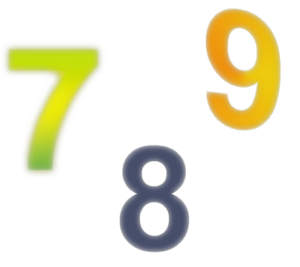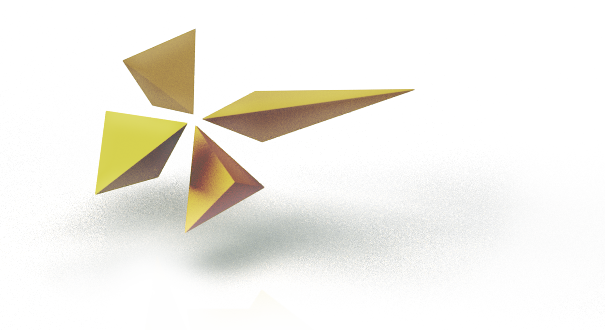What is synaesthesia?
Synaesthesia is the term for a neurological phenomenon in which sensory stimuli, emotions, ideas, abstract terms or concepts evoke unusual simultaneous sensory perceptions. For example, a smell, sound, taste, pain or other physical perception may trigger a visual sensation like a colour or a moving shape. In emotional synaesthesia the accompanying perception is triggered by feelings, empathy or high social sensitivity. The term ideasthesia integrates the decisive role of the meaning of stimuli and thus the involvement of cognitive processes. This becomes particularly clear in certain forms of synaesthesia, in which concepts such as letters, numbers, days of the week or months are made more tangible through additional properties such as colour, shape, texture, gender or character traits.
Since the 1990s, synaesthesia has been increasingly studied internationally by researchers from the fields of neuroscience, psychology, philosophy, musicology, linguistics and art history.
It is present in at least 4% of the population, which statistically corresponds to about one synaesthete per school class, and it occurs more frequently in families. Initial genetic studies show commonalities with other neurodivergent traits and suggest that different genes are linked to different forms of synaesthesia.
How is synaesthesia experienced?
There is a wide range of possible linkages in synaesthesia; more than 100 different combinations are known. But there are many subtypes and overlaps and not all of them are documented or even researched. It seems impossible to give an exact number for the various forms. The Synesthesia Tree has perfectly summarised the reasons why.
Synaesthesia is 100% an individual matter. It varies in the number of different types a synaesthete experiences, as well as in the individual expression and intensity.

What they have in common is that synaesthetic perceptions are automatic and uncontrollable and are perceived as inseparable from their trigger. Synaesthetes describe these sensations often as particularly beautiful and in some situations as overwhelming, but almost uniformly as “normal” and “always been like this”. This is why synaesthesia is often not even noticed or recognised at all. As an integral part of individual perception and thus of orienting oneself in daily life, it is usually considered by synaesthetes to be vital, but also enriching.



